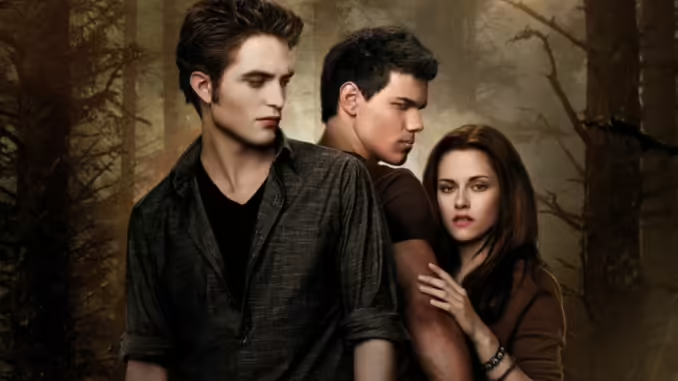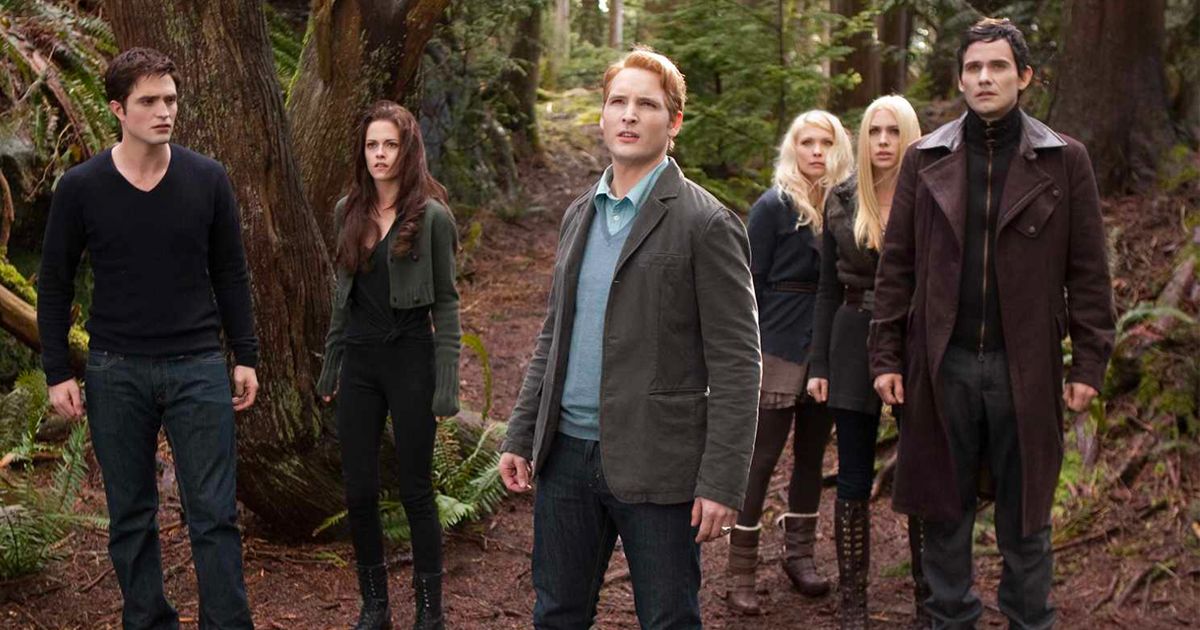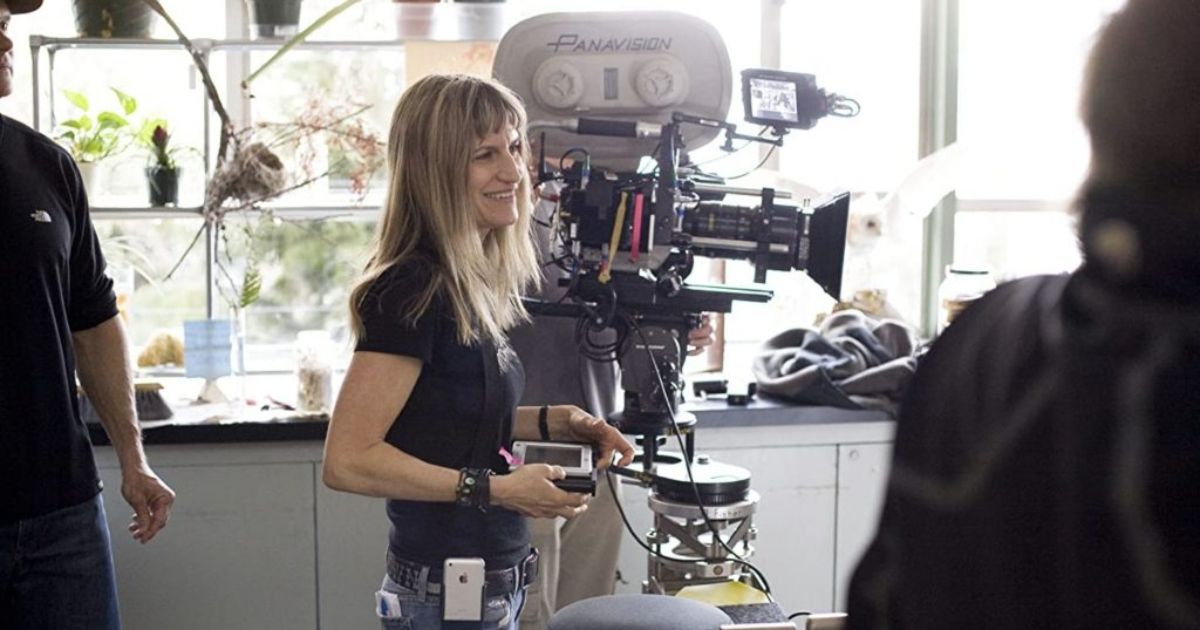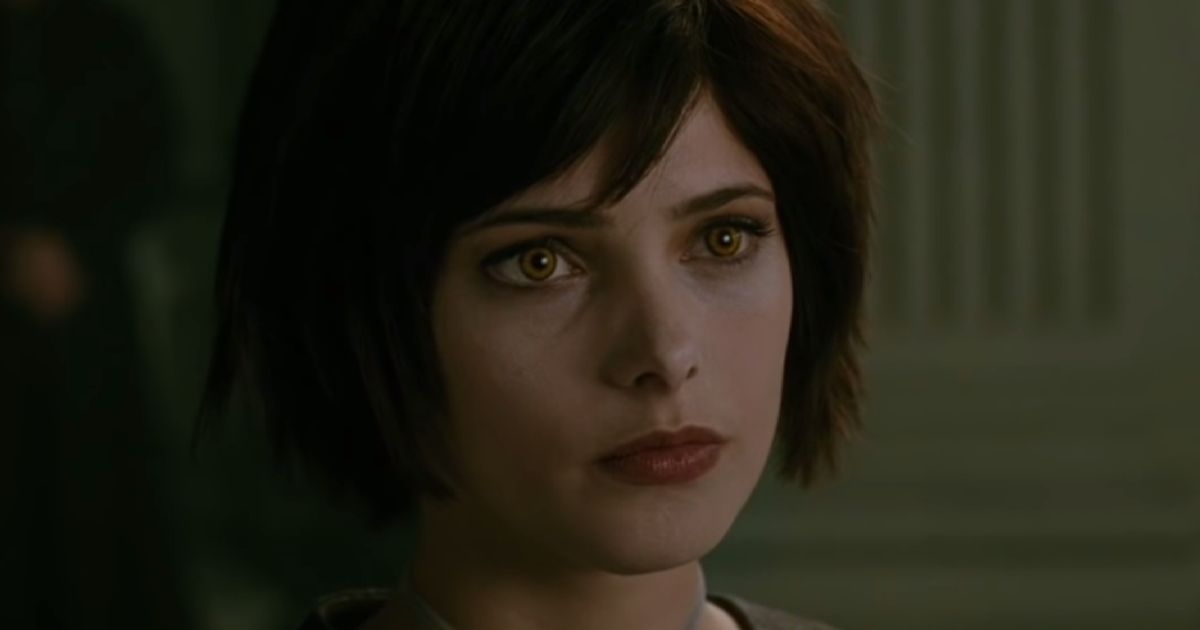
The first Twilight Saga movie was released in 2008, and despite its limited budget for a teen fantasy movie, it was a box office hit and launched a massive film franchise. It became one of those increasingly rare phenomena that were everywhere you turned, either in stores, on billboards or on people’s clothing. This incredible success meant that it was only a matter of time before an executive somewhere decided it was time for another go, especially given the nostalgia-driven culture of remakes we’re currently living in.
There was a lot of work in the original series of movies, as is evident by the love it received from fans. Kristen Stewart and Robert Pattinson were a seemingly perfect choice for the central pair, and the soundtracks compiled interesting, out-of-the-box selections that helped these movies stand out — it’s not often that you hear Radiohead in something like this. However, if there is going to be a new TV series adaptation of the story, this does provide a chance to rectify some of the poorer decisions made the first time around.
Television provides a long-form opportunity for storytelling. Where most of the Twilight movies stood at around two hours, the miniseries format offers four times that amount. With this extra time and the benefit of hindsight, here are some reasons why Twilight could work better as a TV show.
Update October 7, 2023: Halloween makes for a good time to revisit the vampire and werewolf story of Twilight, so this article has been updated with even more reasons why a Twilight series could improve upon the films.
The first movie was directed by Catherine Hardwicke, so she was the director with the most influence over the look and feel of the series as a whole. Originally, she was keen to diversify the main characters, which, in the book, are all white, besides the Native American characters. In an interview with IndieWire, Hardwicke says, “I had all these ideas. And [Stephenie Meyer] just could not accept the Cullens to be more diverse, because she had really seen them in her mind.” Hardwicke eventually succeeded in casting a few actors of color in smaller roles, but perhaps in the time since this original casting process, Meyer will have loosened up her Eurocentric view of the Cullen family.
Moreover, even with Hardwicke’s good intentions toward diverse casting, they still ended up casting Taylor Lautner, a white man, in the role of Jacob, who is Native American. So, the fact that even someone who wasn’t written as white originally ended up being cast incorrectly goes to show that there’s a huge amount of room for improvement in that department. If the upcoming TV reboot improves upon the source’s lack of diversity, with the extra hours afforded in a series, there can also be more time given to exploring the way their dynamics and stories may shift after these updates.
Catherine Hardwicke’s Redemption

As mentioned, Hardwicke is arguably the most responsible for how the first movie turned out and the success it became. She understood the source material and the audience she was speaking to, playing into the odd elements of the story that might have been smoothed out by a less tuned-in director. So, when she was unable to return for the following movies, it was a loss for the series. With the upcoming TV series, it could be a chance to rectify the mistake of letting her go.
Having Hardwicke involved as a producer and director of some episodes would be an interesting route to take. In the same vein as Karyn Kusama with Yellowjackets or David Fincher with Mindhunter, having her at the helm would put the series in safe hands. While some might be hoping for the updated version of the story to remove or alter the unconventional (Mormon-esque) elements of the plot, those are what makes it unique and Hardwicke knows this.
Comprehensive Backstories

A lot of the characters from the books, especially the Olympic Coven, the Denali Coven, and the Volturi Coven, have fascinating backstories and powers that were not properly shown in the films. In a series where the focus can be somewhere other than the main couple from time to time, there will also be time to delve deep into the past lives of these characters.
One of the most interesting but often forgotten books in the Twilight franchise is The Short Second Life of Bree Tanner, which tells us about a young vampire named Bree Tanner who is freshly turned by Victoria, who uses her and other new vampires she turned against the Cullens as revenge. The book was never given a chance to be adapted on screen, but with a series, we can also take a look into the short vampire life of Bree Tanner.
Similar to AMC’s Interview with a Vampire, certain episodes could be dedicated to exploring different members of the various characters’ pasts and showcasing their long history before the main story. It would help flesh out the world and not make it a redundant retelling of the story the films already went over.
The Twilight novels are long, reaching up to 750 pages on average each, so there’s a lot going on that never made it into any of the movies. Expanding the runtime to a series length would make room for exploring greater depths of the characters. This would do the story a favor as the justifications and explanations of characters’ strange behavior can be intricate and left some audience members perplexed in the first adaptations. Plot points like why the Cullens repeatedly go to high school are just one example of where the movies lacked sufficient exposition.
Additionally, there is a possibility to open up the narrative perspective to include other characters’ points of view. With the publication of Midnight Sun, the first novel, but from Edward’s perspective, there is even more source material to pull from. This expansion could also create room for a deeper exploration of the Quileute tribe and its history, which couldn’t all be featured in the condensed narratives of the movies. The long-form TV format could be a gift to fans of the books whose favorite moments didn’t make it to the movies or those who loved minor characters who didn’t get a chance to shine.
Friends and the Future Beyond Twilight

There were many interesting and significant subplots in the Twilight books that were not present in the movie, and one of them was the friends that Bella made in high school. Those characters just get dropped in later stories of the books and films, but they are rich characters in their own right and even serve as interesting parallels to Bella.
And talking about Bella, before her future became all consumed by the handsome vampire, she used to think about college. The fans of both the books and the movies did not really get a satisfying answer as to what will happen to Bella’s education and career and whether she will join on the Cullens’ quest to acquire as many high school degrees as possible or aim for an Ivy League.
In a series, there will be ample opportunity to diversify these plot points and possibly even explore events beyond what happened in Breaking Dawn. A final season could show what Edward and Bella’s life is like and what the future holds for their daughters. This is just one of the many reasons why a television show for Twilight could be a major improvement over the films.
